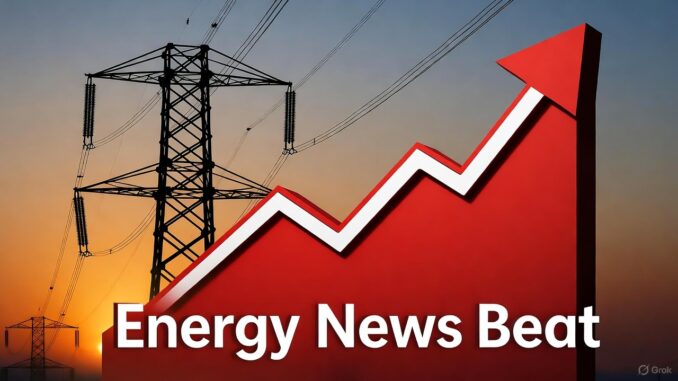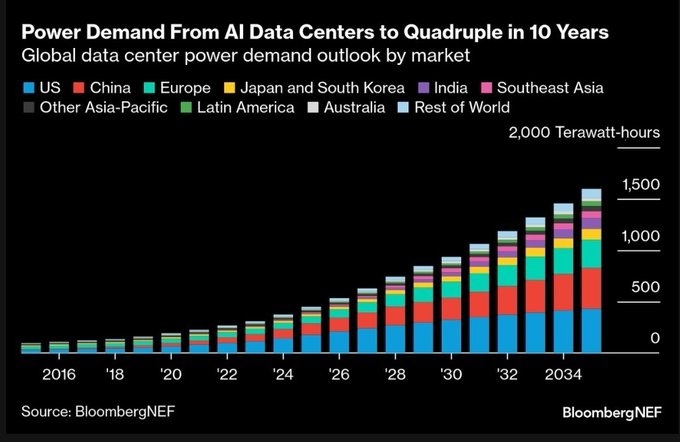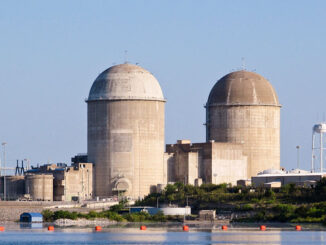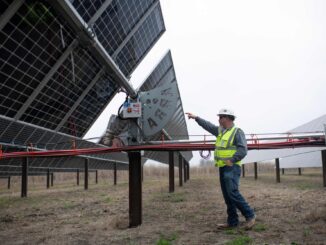
In a rare display of bipartisan agreement, politicians from both sides of the aisle are pointing fingers at the booming data center industry as electricity bills continue to climb across the United States. With the explosive growth of artificial intelligence (AI) and cloud computing driving unprecedented energy demands, data centers have become a convenient scapegoat for frustrated consumers and lawmakers alike.
But is the blame justified? Drawing from recent developments, this article explores the interplay between data centers, the strained U.S. power grid, and the political rhetoric surrounding rising costs.
The Surge in Electricity Bills: A National Concern
Electricity prices have been on a sharp upward trajectory, hitting households and businesses hard. In regions with heavy data center concentrations, wholesale electricity costs have skyrocketed by as much as 267% over the past five years.

This surge is largely being passed on to everyday consumers, with utilities investing billions in new infrastructure to meet the demand. For instance, data centers are projected to increase their share of U.S. electricity consumption from about 5% in 2025 to 12% by 2030, adding immense pressure to an already aging grid.
Got Questions on investing in oil and gas? Or do you have a Tax Burden in 2025
The U.S. power grid, much of which dates back to the mid-20th century, is ill-equipped to handle this rapid escalation. According to analyses, AI-driven data centers alone could account for nearly half of the country’s electricity demand growth by 2030.
This has led to warnings that the grid is nearing its breaking point, with potential blackouts, higher bills, and economic disruptions on the horizon.
Businesses like manufacturing plants and tech hubs could face billions in losses from unreliable power, exacerbating the issue.
Data Centers: The Energy-Hungry Culprits
Data centers, the backbone of modern digital infrastructure, are voracious consumers of electricity. Powered by the AI boom, these facilities require constant, high-volume energy to operate servers, cooling systems, and storage arrays. The International Energy Agency projects that data centers will drive more than 20% of electricity demand growth in advanced economies like the U.S.
In response, utilities are scrambling to build new power lines, plants, and substations—costs that inevitably trickle down to ratepayers.
A recent surge in U.S. power demand, up by 92% in some sectors due to data centers, highlights the scale of the problem.
Regions like Virginia, home to a cluster of data centers near Washington, D.C., are feeling the pinch most acutely. Here, residents complain of “subsidizing” tech giants like Amazon Web Services (AWS), whose facilities plug directly into the local grid without bearing the full cost of upgrades.
If not managed, this growth could lead to higher greenhouse gas emissions and a slower transition to clean energy, as utilities turn to quick-fix fossil fuel sources to keep up.
For example, PPL Utilities recently greenlit 1.3 GW of new natural gas power plants to support the data center expansion, underscoring the reliance on traditional energy amid the boom.
Bipartisan Blame Game Heats Up
The political fallout has been swift and unusually unified. In Virginia’s gubernatorial race, Republican candidate Winsome Earle-Sears has attributed rising bills to Democratic environmental policies favoring solar and wind, which she claims are unreliable and costly. Meanwhile, her Democratic opponent, Abigail Spanberger, insists that tech companies must “pay their fair share” for grid improvements but stops short of advocating outright bans.
This sentiment echoes at the local level. In Prince William County, candidates from both parties, including Republican Patrick Harders and Democrat George Stewart, have called for halting new data center constructions, describing them as a “crushing weight” on communities. Even incumbent Republican Geary Higgins is campaigning on resisting unchecked development, while facing accusations from his Democratic challenger of being too cozy with industry lobbyists. Nationally, the issue is gaining traction. A report from the Union of Concerned Scientists notes that data centers are already inflating bills across the country, with receipts to prove it.
Progressive voices like Sen. Bernie Sanders have questioned the unchecked expansion of AI and data centers, while pro-business Republicans highlight the economic “opportunities” they bring—though often vetoing regulatory bills, as outgoing Virginia Gov. Glenn Youngkin did earlier this year.
Rising bills are sparking broader political heat, particularly in high-demand areas like California and New England, where AI data centers are straining grids and pushing prices higher.
Critics argue that years of green energy policies have contributed to surging prices by prioritizing intermittent renewables over reliable baseload sources like coal, which some experts say is essential for grid stability amid data center growth.
Potential Reasons and Paths Forward
Beyond data centers, several factors contribute to the bill hikes. The U.S. grid’s aging infrastructure requires massive upgrades, compounded by a “perfect storm” of AI demand and outdated equipment.
A Department of Energy report emphasizes the need for reliable power to support AI without compromising national security or economic competitiveness.
Solutions exist, however. Enhancing data center efficiency and load flexibility—such as shifting operations to off-peak hours—could alleviate grid strain and curb costs.
Decentralized management, AI-optimized grids, and privately held microgrids are emerging as future strategies to handle demand.
Bipartisan efforts in states like Virginia include closing tax loopholes for tech firms and mandating impact assessments before new builds.
Yet, the debate underscores a deeper tension: balancing technological innovation with energy equity. As data centers proliferate, policymakers must address whether Big Tech should foot more of the bill or if broader grid reforms are needed to prevent consumers from bearing the brunt.
In conclusion, while both parties rally against data centers, the root issues—grid vulnerabilities, policy choices, and unchecked corporate growth—demand nuanced action. For now, as bills rise, the blame game continues, but real solutions will require collaboration beyond partisan lines. So we are closer to a Uni-Party system on the blame game for the high increases in electricity.
Got Questions on investing in oil and gas? Or do you have a Tax Burden in 2025?
Crude Oil, LNG, Jet Fuel price quote
ENB Top News
ENB
Energy Dashboard
ENB Podcast
ENB Substack






Be the first to comment